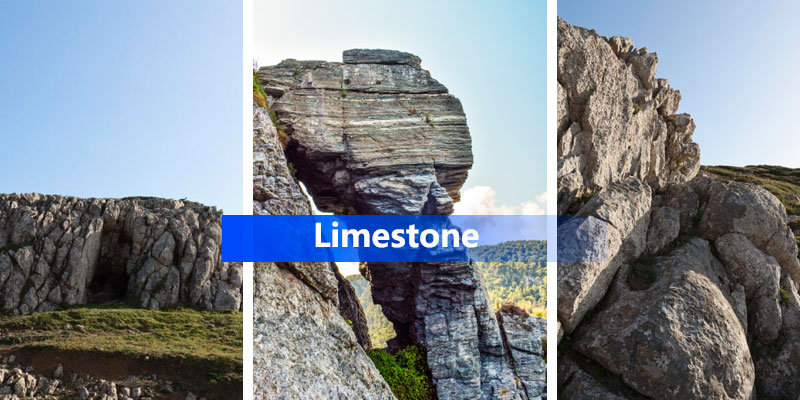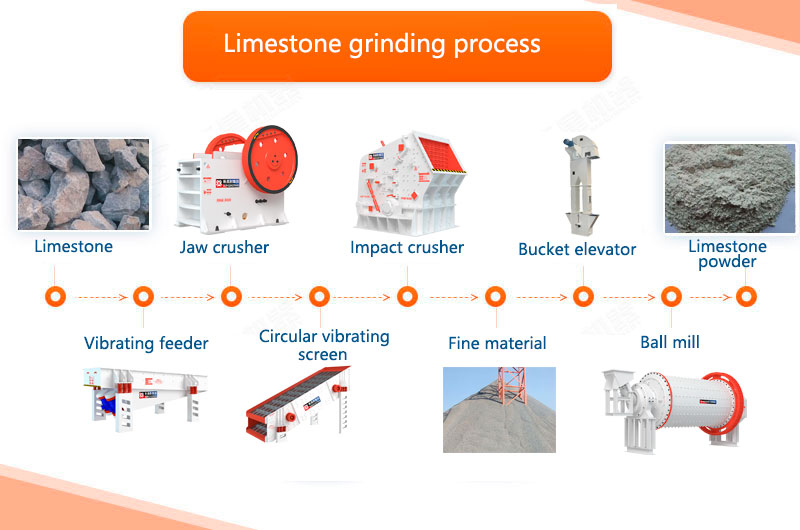 Xingaonai
Xingaonai

Limestone, as a widely distributed sedimentary rock on the earth, is mainly composed of calcite minerals (chemical composition is calcium carbonate, CaCO₃). Its formation has undergone hundreds of millions of years of geological changes, and has gradually formed through the deposition of remains of marine organisms, chemical reactions and other methods. Limestone not only occupies an important position in nature, but also plays a pivotal role in human society.

The main component of limestone is calcium carbonate. After burning, limestone can be turned into quicklime. The chemical composition of quicklime is calcium oxide, which has a blocky appearance and a light gray or light yellow color, usually with some impurities. Quicklime, also known as slaked lime, is another type of limestone. It is formed by quicklime becoming damp or adding water. The main component of slaked lime is calcium hydroxide. In addition, limestone also contains silicon dioxide, aluminum oxide, calcium oxide, silicates, manganese oxide, iron oxide, and loss on ignition.

Limestone has a wide range of uses, almost penetrating into every aspect of human life.
In the construction industry, limestone is an important building material. Due to its moderate hardness and easy mining and processing, limestone is widely used in the construction of houses, bridges, roads and other infrastructure. In addition, limestone can also be used as a building decoration material, such as floors, walls, sculptures, etc., to add beauty and texture to buildings.
In industrial production, limestone also plays an irreplaceable role. Limestone is an important raw material for the production of industrial products such as cement, glass, and ceramics. Among them, cement has a wide range of applications in construction, roads, bridges and other fields, and is an important cornerstone for the construction of modern social infrastructure.
Limestone also plays an important role in environmental protection, agriculture and other fields. In the field of environmental protection, limestone can be used to treat pollutants such as industrial wastewater and waste gas. Through the adsorption and neutralization of limestone, harmful substances in wastewater and waste gas can be effectively removed to achieve the purpose of purifying the environment. In the agricultural field, limestone can be used as a soil conditioner. Sprinkling limestone powder into the soil can adjust the pH of the soil and improve the fertility of the soil and crop yield.
Limestone also has some special uses. For example, in the medical field, limestone can be used to make some medicines and medical supplies. In addition, limestone can also be used to make daily necessities such as toothpaste and cosmetics. These special uses make limestone play a more diversified role in human society.

The main equipment used to grind limestone into lime powder are: jaw crusher, impact crusher, conveyor, vibrating feeder, screening machine, limestone grinding machine, etc.
It takes five steps to grind limestone into lime powder: coarse crushing> fine crushing> grinding> powder selection> powder collection, and the limestone powder is ready.
The material is evenly transported to the jaw crusher by the vibrating feeder for crushing. After the raw material meets the grinding particle size requirements, it is sent to the storage bin by the bucket elevator, and then evenly sent to the Raymond mill for grinding by the electromagnetic vibrating feeder. The ground powder is blown into the analyzer of the Raymond mill for sorting under the action of the blower. The powder that does not meet the fineness requirements returns to the grinding chamber for grinding. The powder that meets the fineness enters the large cyclone collector with the air flow for separation and collection, and then discharged through the powder outlet pipe as the finished powder.
If you want to know more about the limestone grinding process, you can contact our customer service, Xingaonai Heavy Industry will arrange senior engineers to answer your questions!
Article Title: Limestone Grinding Process and Application
Author: Xingaonai
Reprint address: https://www.xgncrusher.com/Industralnews/785.html

From February 24 to March 31, 2025, Xingaonai Heavy Industry will hold a large-scale promotion with the lowest price of the year.
Tel: +86 17761642222
Email: sales@xgnchina.com
Whatsapp: 8617761642222
Copyright © 2016-2030 Xingaonai Group All Rights Reserved. Xingaonai Sitemap